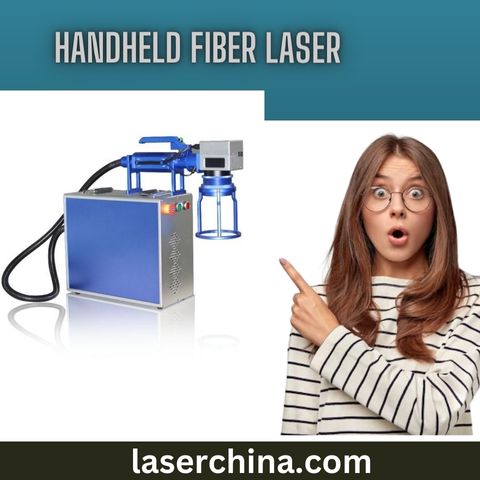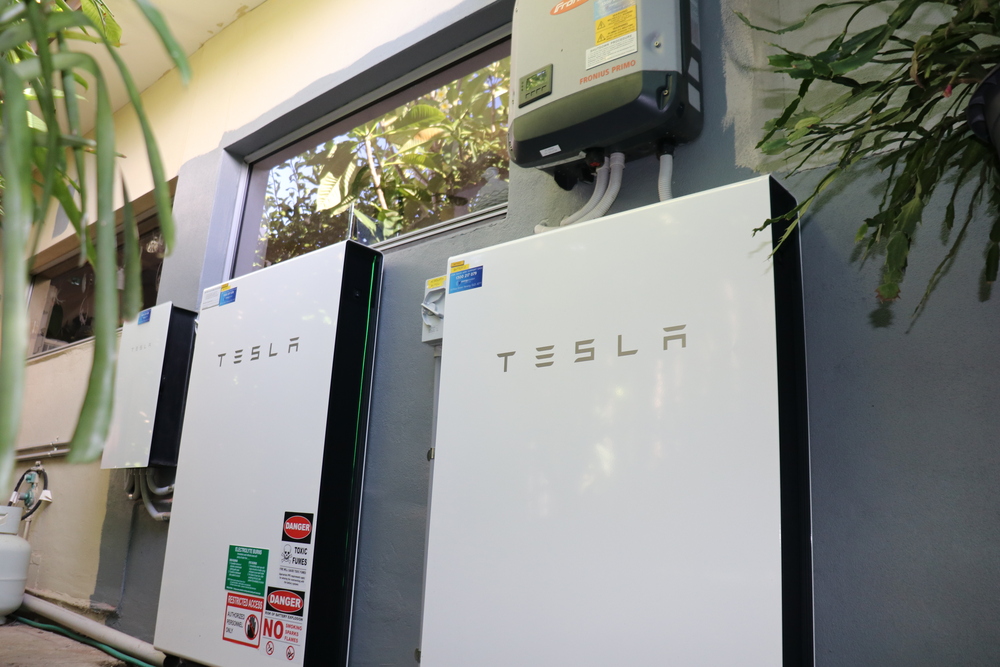The shift happening across manufacturing floors isn’t being shouted from rooftops, but it’s real—and transformative. More and more fabrication shops, automotive body repair units, metal workshops, and maintenance teams are switching their old methods to one advanced solution: the handheld fiber laser. This move might appear subtle to outsiders, but in industrial settings, it’s changing how precision work is done. So, what’s prompting this shift? Let’s dig deeper.
The Silent Evolution in Metal Processing
Walk into a modern welding or cleaning workshop today, and you’ll likely see a technician holding a compact, gun-like device connected to a box through a fiber cable. That’s the handheld fiber laser in action. It’s not just another tool—it’s a signal of a fundamental change in metal processing practices.
For years, traditional tools like arc welders, grinding wheels, and sandblasters were the backbone of fabrication. They worked, but they came with limitations. Now, the handheld fiber laser is being adopted not because of buzz or trends, but because it’s solving problems that others couldn’t. And that’s why it’s being picked up rapidly across industries—quietly, but definitively.
What’s Behind the Surge?
Industries don’t change without a reason. The adoption of handheld fiber laser systems is being driven by very real factors grounded in operational needs. In workshops where steel must be joined with tight tolerances, or where rust has to be removed from sensitive surfaces without abrasion, traditional tools often fall short. That’s where this laser system enters.
But make no mistake—companies aren’t switching because they feel forced to. They’re switching because the handheld fiber laser brings performance results that directly affect output, consistency, and ultimately, profitability. The decision is practical, not emotional.
A Tool Built for Precision and Control
At the core of the handheld fiber laser is the ability to deliver highly concentrated energy through an optical fiber. What this means for metal workers is unparalleled control. Whether it’s welding thin sheets without deformation, removing surface coatings without damaging base metal, or engraving identifiers on curved surfaces—this tool offers pinpoint accuracy.
But the point isn’t just what it can do. The real story is how this capability simplifies daily tasks. Operators don’t need to constantly calibrate settings, switch between tools, or worry about consumables. For many teams, this consistency translates into faster throughput and less rework.
Unexpected Versatility, One Job at a Time
You’ll find handheld fiber laser systems not only in high-tech aerospace units but also in medium-scale manufacturing hubs and field repair units. That’s because their application range is wide. Welding stainless steel, cleaning oxidation from molds, marking serial numbers on parts—it handles all with the same core setup.
And this versatility isn’t just a technical note; it changes how teams approach work planning. Instead of allocating multiple machines and stations for different tasks, one portable unit gets moved around and used where needed. Fewer tools, less downtime.
Why It’s Replacing Older Systems Quietly
Let’s be honest—no team wants to overhaul its processes unless there’s a clear reason. But that’s exactly what’s happening with handheld fiber laser adoption. And one reason it’s not being loudly announced is because it’s often an internal strategic decision. Management sees that with a one-time investment, they can cut recurring costs, reduce injuries from sparks and fumes, and deliver cleaner results.
Another reason? Teams prefer not to disclose their edge. Many workshops don’t advertise that they’re using this tech. Instead, they let the quality of their output speak for itself. The result? Faster client turnarounds, fewer rejections, and smoother scaling—all while competitors wonder how it’s being done.
Transforming Training and Workforce Capability
Many shop owners initially worry about training—how complex is a handheld fiber laser system? But what they quickly learn is that modern units are designed for usability. New staff can learn operation basics within hours, not weeks.
This has a cascading effect on operations. You don’t need a decade-long veteran to handle fine welds or micro-cleaning tasks. With clear safety protocols and guided operation modes, even moderately experienced staff can perform high-precision work. This expands hiring options and reduces dependency on rare specialists.
Application Scenarios That Are Redefining Industries
Let’s look at how the handheld fiber laser is being used in ways that traditional methods couldn’t handle well:
-
Automotive Body Repair: Removing paint layers or welding thin panels without burn-through.
-
Mold Maintenance: Cleaning molds without abrasive blasting or chemical soaking.
-
Aerospace Fabrication: Precision joining of dissimilar metals with minimal distortion.
-
Tool Reconditioning: Laser cleaning rusted tools to restore working surfaces.
-
Fabrication Shops: Welding stainless steel stair rails, decorative structures, and signage without visible seams.
Each use case doesn’t just benefit from better results—it benefits from more predictable timelines and fewer material losses. For industries working with tight tolerances and delivery schedules, that matters a lot.
Real-World ROI Without the Hype
Many decisions on new equipment boil down to one factor: return on investment. And this is where the handheld fiber laser quietly outperforms. While the initial cost may be higher than conventional tools, ongoing expenses are significantly lower.
There are no gas tanks to refill, no abrasive media to restock, and far fewer consumables involved. Maintenance? Minimal, thanks to the robust design of fiber lasers. Over 3-5 years, the cost difference becomes evident—and that’s why more businesses are making the switch in silence.
And let’s not forget space savings. A small workshop can perform high-end cleaning, marking, and welding without dedicating massive areas to heavy machinery.
Why It’s Not a Trend—But a Shift
It’s easy to dismiss new technology as a passing trend. But the handheld fiber laser isn’t in that category. It’s not showing up in maker spaces or DIY kits; it’s showing up in certified workshops, government-backed programs, and export-grade production lines.
The technology has matured. What was once confined to research labs is now rugged, portable, and ready for daily industrial use. This isn’t a gimmick. It’s a long-term shift in how work gets done—more efficiently, more cleanly, and with more flexibility than ever before.
Final Thoughts
The move toward handheld fiber laser systems isn’t loud, but it’s widespread. From weld shops to aerospace hubs, industries are recognizing a smarter, leaner way to process metals. This shift isn’t about chasing innovation—it’s about meeting real operational challenges with reliable, precise tools. As more companies adopt this quiet revolution, those clinging to traditional methods risk falling behind—not because they aren’t skilled, but because they’re outpaced by a new standard of performance. If your workshop still relies on yesterday’s tools, it may be time to take a closer look at what this handheld laser can do—not someday, but today.









